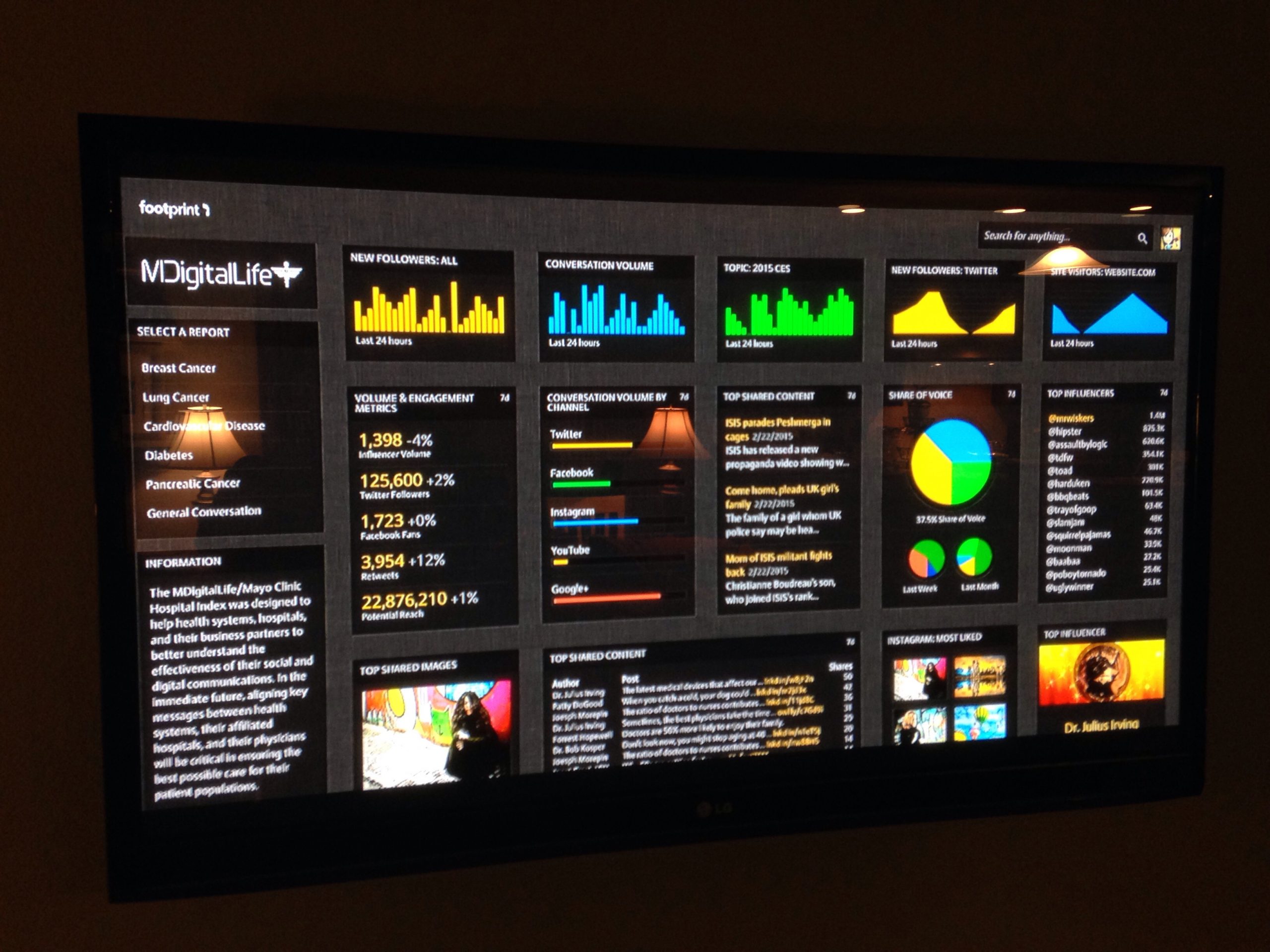If you have developed a web application before, you know that technology moves fast. One way to combat the costs of application or website improvement is to request a Lifecycle…

Lifecycle Maintenance: What is it and why you need it.
If you have developed a web application before, you know that technology moves fast. One way to combat the costs of application or website improvement is to request a Lifecycle Maintenance Plan(LMP) from your developer. If you aren’t aware of what this is, it is like an insurance policy for your project. If you are licensing software already, you are covered. If you have a custom built application then you really should protect that investment. Some companies will offer hourly service contracts but they can be expensive and usually dont contribute to quality unless that company truly has the client relationship as a primary concern. LMP’s are a guarantee from your developer that your web application will always be standard compliant and have the necessary code updates to always function at the highest level.
The biggest consideration of an LMP is cost. At minimum, LMP’s are roughly 10-20% of the cost of the total project annually. The agreements should specifically state what items are covered. Most of the time, they cover changes in browser standards, basic environment updates, a specific amount of content updates as well as necessary CMS/application updates.
Considering the alternative is an hourly maintenance plan, the probability to rack up high costs on standard maintenance is likely.




